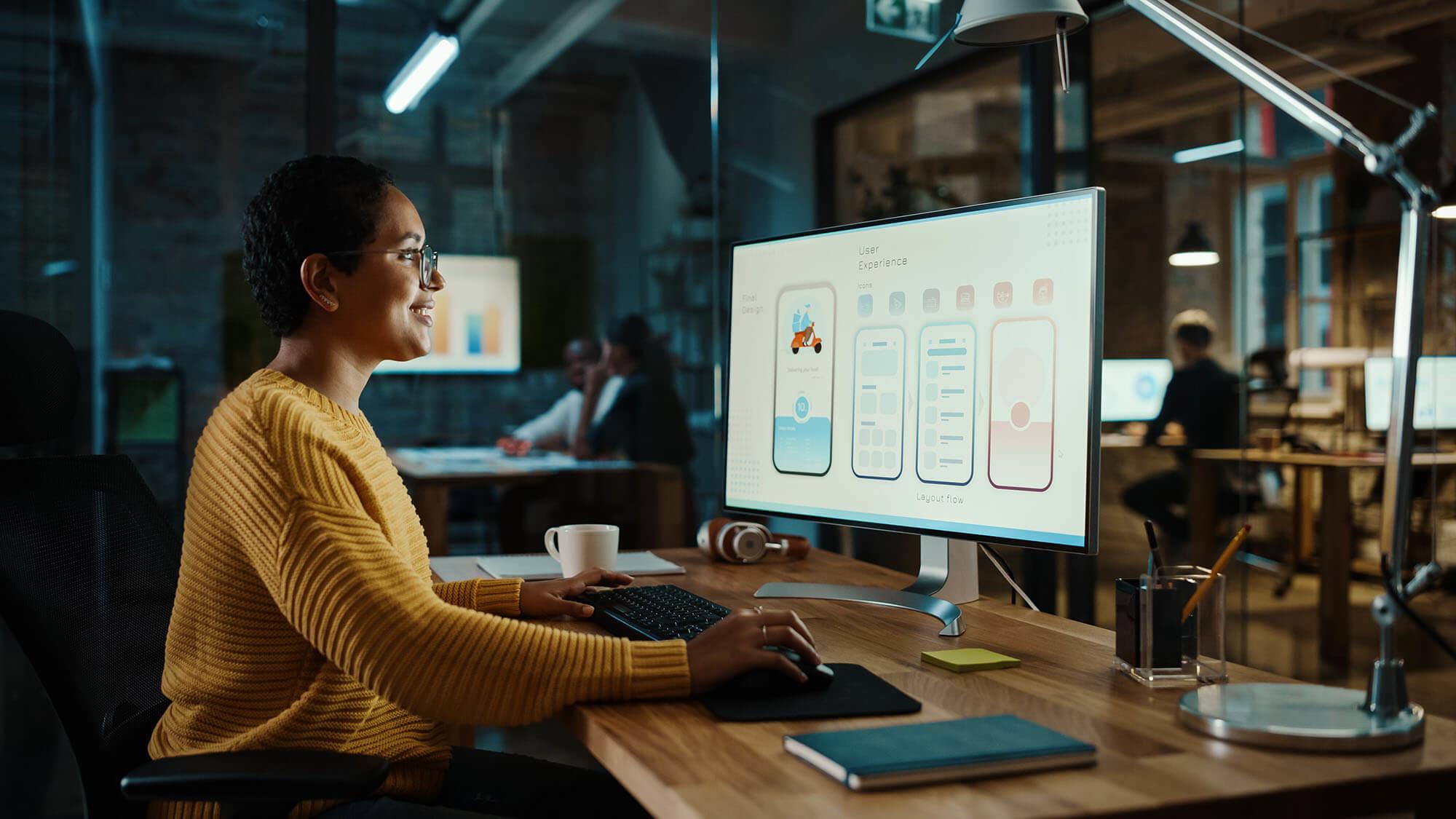Batter Links: Your Gateway to Trending News
Stay updated with the latest trends and insights from around the world.
Web Design Gone Wild: Trends That Will Slay Your Boring Site
Unleash your creativity with wild web design trends that will transform your boring site into a stunning masterpiece!
5 Unconventional Web Design Trends to Ignite Your Creativity
In the ever-evolving world of web design, staying ahead of trends is essential to capturing user attention and enhancing engagement. Unconventional web design trends often push the boundaries of creativity, leading to innovative user experiences that break the mold. One such trend is the use of asymmetrical layouts, which create a sense of dynamism by rejecting traditional grid systems. This approach can result in a more organic and visually stimulating experience, encouraging users to explore your content.
Another exciting trend is the embrace of minimalist storytelling, where designers focus on conveying messages through stark visuals and succinct narratives. This technique well suited for modern audiences who prefer quick yet impactful information delivery. Additionally, integrating interactive elements like micro-interactions can captivate users, making their experience both memorable and engaging. By incorporating these unconventional designs, you not only foster creativity but also set your website apart in a crowded digital space.

How to Incorporate Bold Colors and Patterns in Your Website
Incorporating bold colors and patterns into your website can significantly enhance user engagement and create a memorable browsing experience. To start, it’s essential to choose a color palette that resonates with your brand identity. You can use tools like Coolors to generate cohesive color schemes. Once you have your colors, consider using them strategically; for example, applying bold colors to call-to-action buttons can draw attention and encourage clicks. Additionally, patterns can add depth to your design—utilizing Canva's color palette generator may help you find patterns that complement your chosen colors.
When implementing bold designs, it's crucial to maintain a balance between aesthetics and usability. Too many clashing patterns can overwhelm users, so aim for a harmonious mix. One effective approach is to select one bold pattern as a focal point, such as a hero image or a background, while keeping other elements more subdued. Moreover, ensure that your text remains legible by using contrasting colors that are easy on the eyes. For best practices in web design, refer to resources like Smashing Magazine for tips on enhancing user experience without compromising on style.
Is Minimalism Dead? Exploring the Return of Maximalist Web Design
The debate surrounding the relevance of minimalism in web design is more vibrant than ever, prompting the question: Is minimalism dead? While minimalism emphasizes simplicity, whitespace, and functionality, a noticeable shift towards maximalist design has captured the attention of designers and users alike. This revival celebrates richness in color, texture, and dynamic elements, appealing particularly to brands that wish to convey a sense of energy and abundance. As online spaces evolve, more brands are embracing the idea that complexity can enhance user engagement and emotional connection, suggesting that minimalism may not be dead but rather undergoing a transformative phase.
In the world of digital marketing, the return of maximalist web design is not just a fleeting trend; it reflects a broader cultural shift. Users are increasingly seeking immersive online experiences, and maximalist designs can provide just that. According to a Forbes article, brands are leveraging bold visual narratives and intricate interfaces to stand out in a crowded marketplace. These intricate designs allow for greater storytelling opportunities and brand identity expression, leading some to believe that rather than being a reaction against minimalism, maximalism serves as a complementary force that brings vibrancy back into the digital landscape.